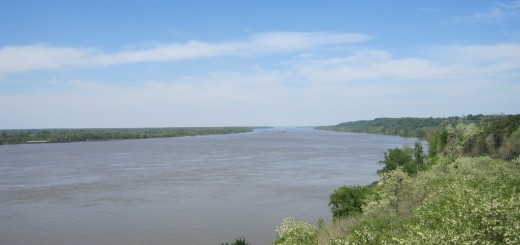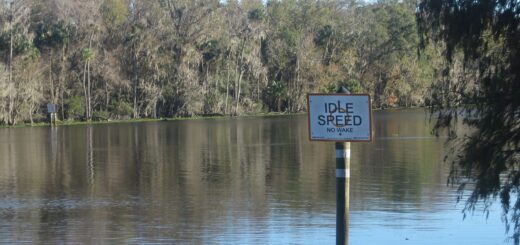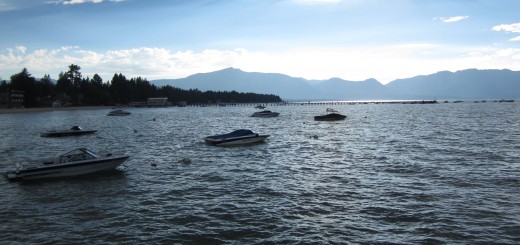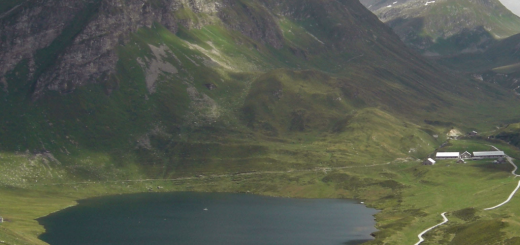Research Summary: Diel Surface Temperature Range Scales With Lake Size
0Abstract
Ecological and biogeochemical processes in lakes are strongly dependent upon water temperature. Long-term surface warming of many lakes is unequivocal, but little is known about the comparative magnitude of temperature variation at diel timescales, due to a lack of appropriately resolved data. Here we quantify the pattern and magnitude of diel temperature variability of surface waters using high-frequency data from 100 lakes. We show that the near-surface diel temperature range can be substantial in summer relative to long-term change and, for lakes smaller than 3 km2, increases sharply and predictably with decreasing lake area. Most small lakes included in this study experience average summer diel ranges in their near-surface temperatures of between 4 and 7°C. Large diel temperature fluctuations in the majority of lakes undoubtedly influence their structure, function and role in biogeochemical cycles, but the full implications remain largely unexplored.
Introduction
Temperature is one of the most fundamental drivers of ecosystem structure and function. It affects rates and equilibria positions of chemical reactions [1] and rates of metabolic processes, especially amongst poikilothermic aquatic organisms [2–4]. In lakes, temperature has a pervasive effect on a large range of physical, chemical and biological attributes and processes and influences the physical structure, rates of photosynthesis and respiration [5], biological growth rates [6], organic carbon mineralization [7], greenhouse gas emissions [8–10], organism size [11], the timing of phenological events [12], the likelihood of toxic cyanobacterial blooms [13], and the available habitat for fish species [14]. Quantification of surface temperature variation, and the factors that control it, are therefore of paramount importance in understanding lake behaviour and function.

Lake Buttermere. (Credit: Flickr User Andrew Wilkinson via Creative Commons 2.0)
Lake temperatures have been measured around the world for many years at weekly to monthly frequencies, enabling an understanding of causes and wide-ranging ecological consequences of seasonal, annual and decadal temperature changes (e.g. [15]). Knowledge of diel temperature cycles is also important for, among other things, calculating biogeochemical reaction rates and gas fluxes accurately, elucidating systematic differences between different lakes and for determining whether the predominance of day-time measurements has biased limnological understanding. Until recently, the continuous high-frequency measurements required to resolve diel cycles have not been sufficiently wide-spread to allow a systematic examination of diel temperature changes to be undertaken. However, the recent establishment of scientific networks dedicated to the collaborative analysis of high-frequency data, such as GLEON (http://www.gleon.org/) and NETLAKE (https://www.dkit.ie/netlake/), have provided an opportunity for a large-scale analysis of diel temperature variability. Thus, we have collated data from 100 lakes, that are deep enough to stratify, across four continents (S1 Table, S1 Fig), for which high-frequency temperature measurements were available, to determine the extent, and causes, of variation in diel surface temperature cycles.
Upper water temperature is controlled by heat exchange across the air-water interface, which in turn is determined predominantly by incident solar radiation, cloud cover, air temperature, relative humidity, and wind speed [16]. It is also influenced by the depth of the upper mixed layer and light attenuation in the water column (e.g. [17]). To understand the overarching controls on diel temperature cycles we have, therefore, examined the influence of four integrating variables that might be expected to have a strong effect: i) latitude, which determines variation in solar radiation flux via day-length and insolation; ii) altitude, which affects air temperature via the adiabatic lapse rate; iii) lake area, which is the primary influence on thermocline depth within a lake [18]; and iv) in-lake attenuation of photosynthetically active radiation (PAR, spectral band 400 to 700 nm), which influences the vertical distribution of incoming solar radiation within a lake and is also known to influence the vertical thermal structure [19].
Full study, including methods, results and discussion, published under open-access license in PLOS ONE.













